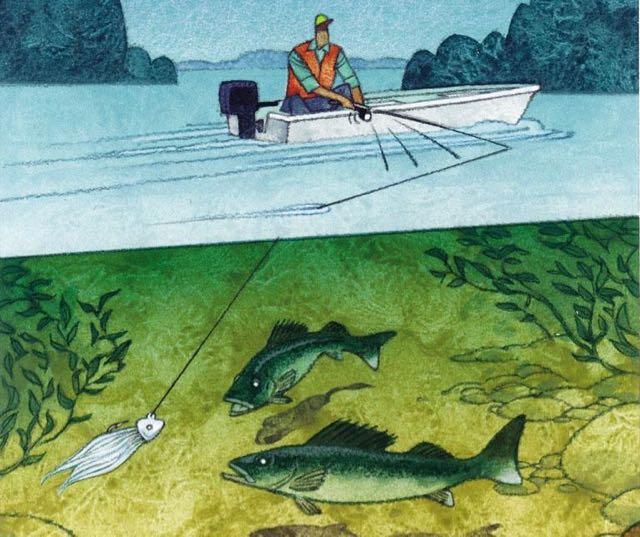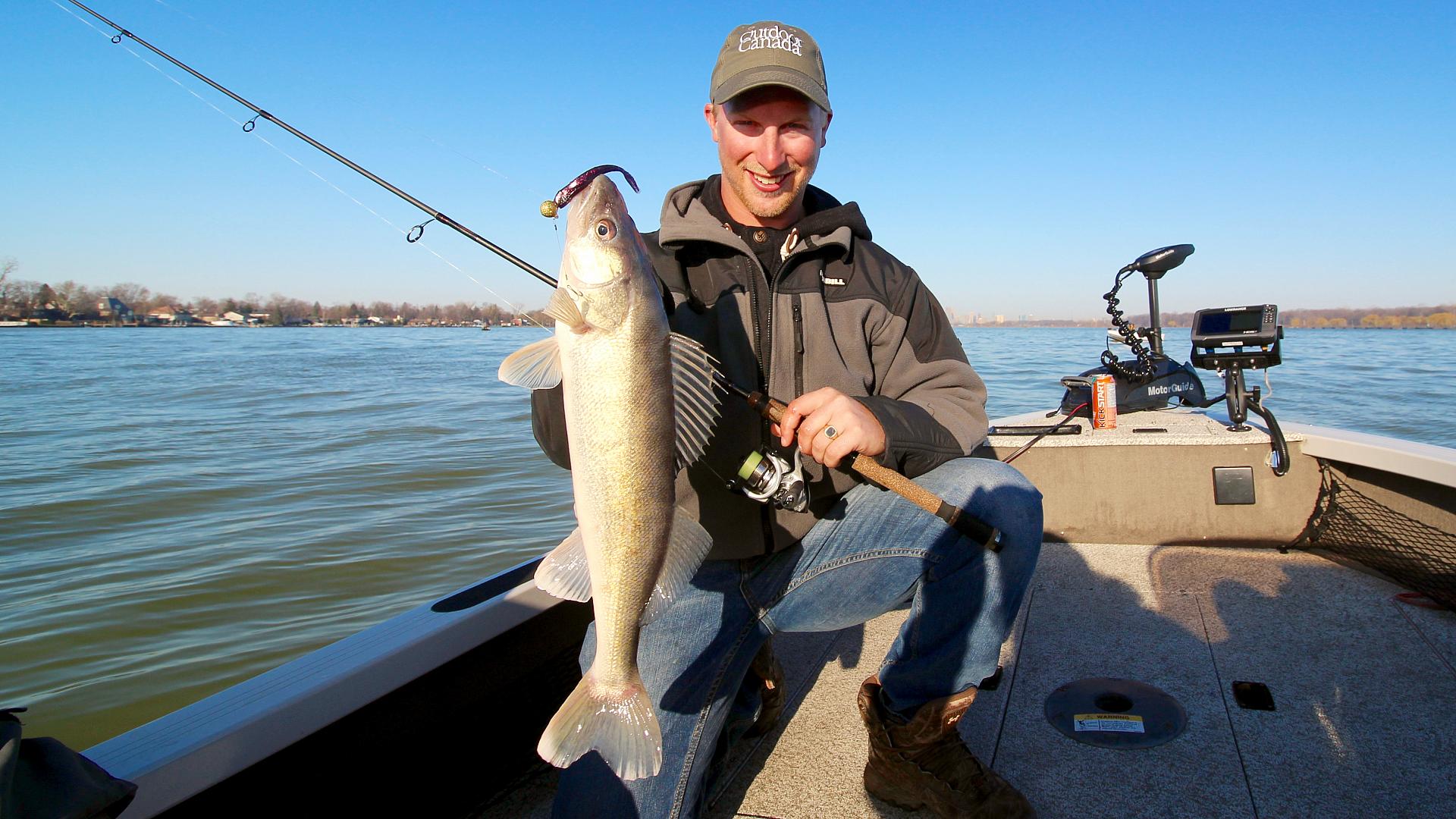Walleye jigging secrets
Gord Pyzer's all-time top 5 jig tactics for walleye
Advertisement
2. Snap jigging
While pitching jigs is a wonderful technique for skinny-water walleye hanging close to cover, snap jigging is my preferred method when the fish are scattered over large flats, especially in the spring after they’ve spawned and drifted into warm bays to feed.
The best coves have sand grass (charra) or scattered clumps of cabbage weeds growing on the bottom. Isolated rocks, sunken logs and boulders are a bonus. These bays continue to be productive all summer long, provided they don’t get totally choked with vegetation. Main-lake shoreline flats are also prime spots, though often completely overlooked by the majority of anglers at this time of year.
Advertisement
The reason I like snap jigging for walleye is that the technique appeals to inactive fish as much as it does to aggressive strikers. Few methods cover such a dramatic range of walleye moods. But here’s the trick. You have to match the right jig weight (1/4 to 1/2 ounce) to the depth of water you’re fishing (usually three to 15 feet) and the speed you’re trolling, which should be at least three times faster than the usually slow walleye shuffle. I mean, why waltz when you can rock and roll?
Bucktail and marabou jigs work well when snap jigging, as do jigs festooned with soft-plastic minnows, swim baits (Berkley Power Minnows, Power Pogys and Mister Twister Sassy Shads) and grubs (Power, Exude and Old Bayside Munchies). Just remember to superglue the dressing onto the shank of your hook to anchor it in place.

Cast the jig behind the boat, close the bail and hold your rod tip so that it’s pointing back about three-quarters of the way toward the lure. Using a sidearm approach, quickly snap the jig forward, drop your rod tip back to the starting position and throw slack into your line. Pause for a couple of seconds and repeat the procedure (above).
Advertisement
The walleye will try to rip the rod out of your hands as long as you pay attention to two key details: follow a specific depth as you troll and make sure your jig is occasionally touching bottom. If you feel it making contact too often, speed up or switch to a slightly lighter jig. If you rarely feel it bumping bottom, tie on a heavier lure. Whatever you do, don’t slow down your trolling speed. The secret to snap jigging is trolling quickly.
Long, 6 1/2- to 7 1/2-foot, medium-heavy-action spinning rods are perfect for this technique. With flimsy sticks, you can’t throw enough slack into your line when you drop back the rod tip and you can’t set the hook when a walleye strikes. It’s also important to use premium, abrasion-resistant eight- to 10-pound monofilament (Maxima Evergreen, Berkley Extra Tough or Rapala Tough) or a thin-diameter, no-stretch braid (FireLine or SpiderWire) because your jig will fall faster, make contact with the bottom more easily and appear much livelier.
Advertisement
Tip
When snap jigging, you can also tip your jig with a minnow-although I rarely do-provided you slide the point of the hook into the minnow’s mouth, out one of its gills and back through its body.

